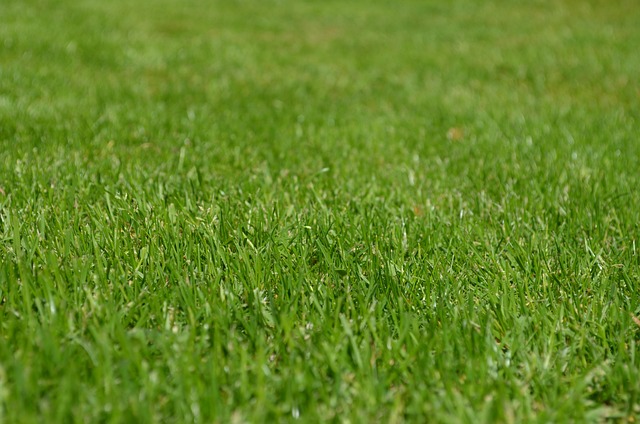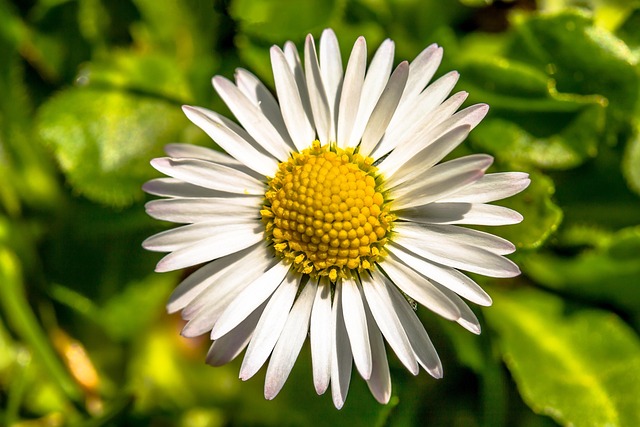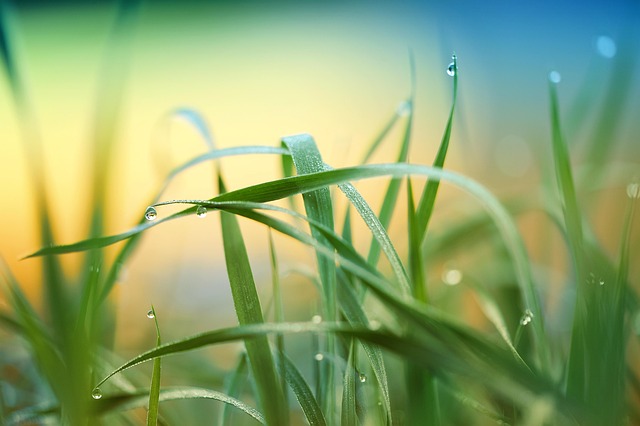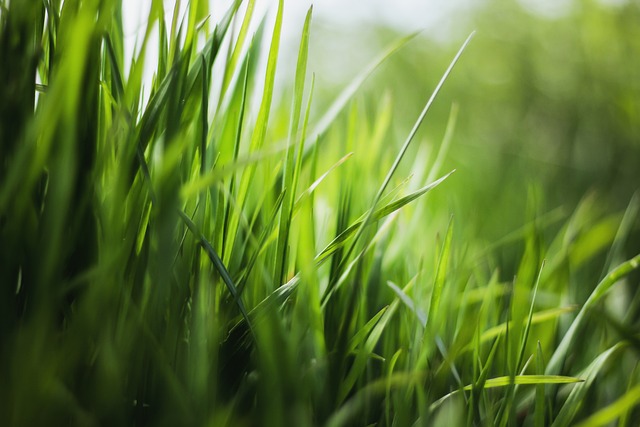Early identification of lawn fungi like Fusarium, Pythium, and Rhizoctonia is crucial for maintaining lawn health in Colorado Springs. Look for unique symptoms such as powdery white substances, water-soaked patches turning brown, or circular patches of dead grass. Accurate identification allows targeted treatment, preventing future outbreaks through improved air circulation, adjusted watering, fungicides, proper mowing heights, and healthy soil cultivation. Regular monitoring and proper care practices are key to preserving lawn vibrancy across varying seasons.
“Lawn enthusiasts in Colorado Springs face unique challenges due to the region’s diverse climate. Understanding lawn fungus is key to maintaining a lush, healthy grass year-round. This article guides you through recognizing common fungal infections specific to the area, offering practical tips for seasonal growth management.
Learn to identify visible symptoms of lawn fungus and grasp the impact of various infections. Discover tailored care strategies based on Colorado Springs’ climate, including preventative measures and treatment options aligned with different grass growth stages. Additionally, explore eco-friendly solutions and natural remedies for effective, sustainable lawn fungus control.”
- Recognizing Lawn Fungus: Common Types in Colorado Springs
- – Identifying visible symptoms of lawn fungus
- – Understanding the impact of specific fungal infections common to the region
Recognizing Lawn Fungus: Common Types in Colorado Springs

In Colorado Springs, recognizing lawn fungus is a crucial step in effective seasonal growth management. Common types include Fusarium, Pythium, and Rhizoctonia, each presenting distinct symptoms such as yellowing or browning patches of grass, thin or wilting foliage, and areas of dead grass. Identifying these fungi early is vital to prevent their spread and minimize damage to your lawn.
When identifying lawn fungus in Colorado Springs, homeowners should look for specific signs. Fusarium often causes a white, powdery substance on the grass blades, while Pythium infections may lead to water-soaked patches that quickly turn brown. Rhizoctonia can result in large, circular patches of dead grass with no visible fungal spores. Proper diagnosis allows for targeted treatment options, ensuring your lawn’s health and vigor throughout the year.
– Identifying visible symptoms of lawn fungus

In Colorado Springs, identifying lawn fungus is crucial for effective seasonal growth management. Visible symptoms can include patches of yellowing or brown grass, as well as mold or mildew growth on the turf’s surface. These signs often appear during specific seasons, with fungus thriving in cool, moist conditions common in spring and fall. Homeowners should also look out for thinning grass, uneven growth, and areas where the grass feels soft or gives way underfoot.
Early detection is key to managing lawn fungus. Once identified, steps can be taken to mitigate the issue, such as improving air circulation, adjusting watering schedules, and applying targeted fungicides. Regular maintenance practices like mowing at the proper height and cultivating healthy soil also play a significant role in preventing and controlling fungal outbreaks in Colorado Springs lawns.
– Understanding the impact of specific fungal infections common to the region

In Colorado Springs, identifying and managing lawn fungus is a critical aspect of seasonal growth management. Common fungal infections like rust, powdery mildew, and root rot can significantly impact turf health, leading to yellowing, browning, and thinning grass. Understanding these fungal infections is essential for effective control. Homeowners should look out for specific symptoms such as rust-colored spores on grass blades (indicative of rust fungus), white or gray powdery residue (powdery mildew), and patches of dead or dying grass (potential root rot).
Regular monitoring, proper watering practices, and maintaining a balanced lawn care program are key to preventing and managing these fungal infections. Ensuring adequate air circulation, avoiding overhead irrigation during damp conditions, and applying fungicides when necessary can help preserve the lawn’s health and vibrancy throughout Colorado Springs’ varying seasons.
Understanding and managing lawn fungus is crucial for maintaining a healthy, vibrant lawn in Colorado Springs. By recognizing the visible symptoms and learning about the specific fungal infections common to the region, homeowners can proactively address issues before they escalate. Armed with this knowledge, folks can navigate the challenges of seasonal growth management, ensuring their lawns thrive year-round. Remember that prompt action and proper care can prevent the spread of fungus and keep your lawn looking its best.
